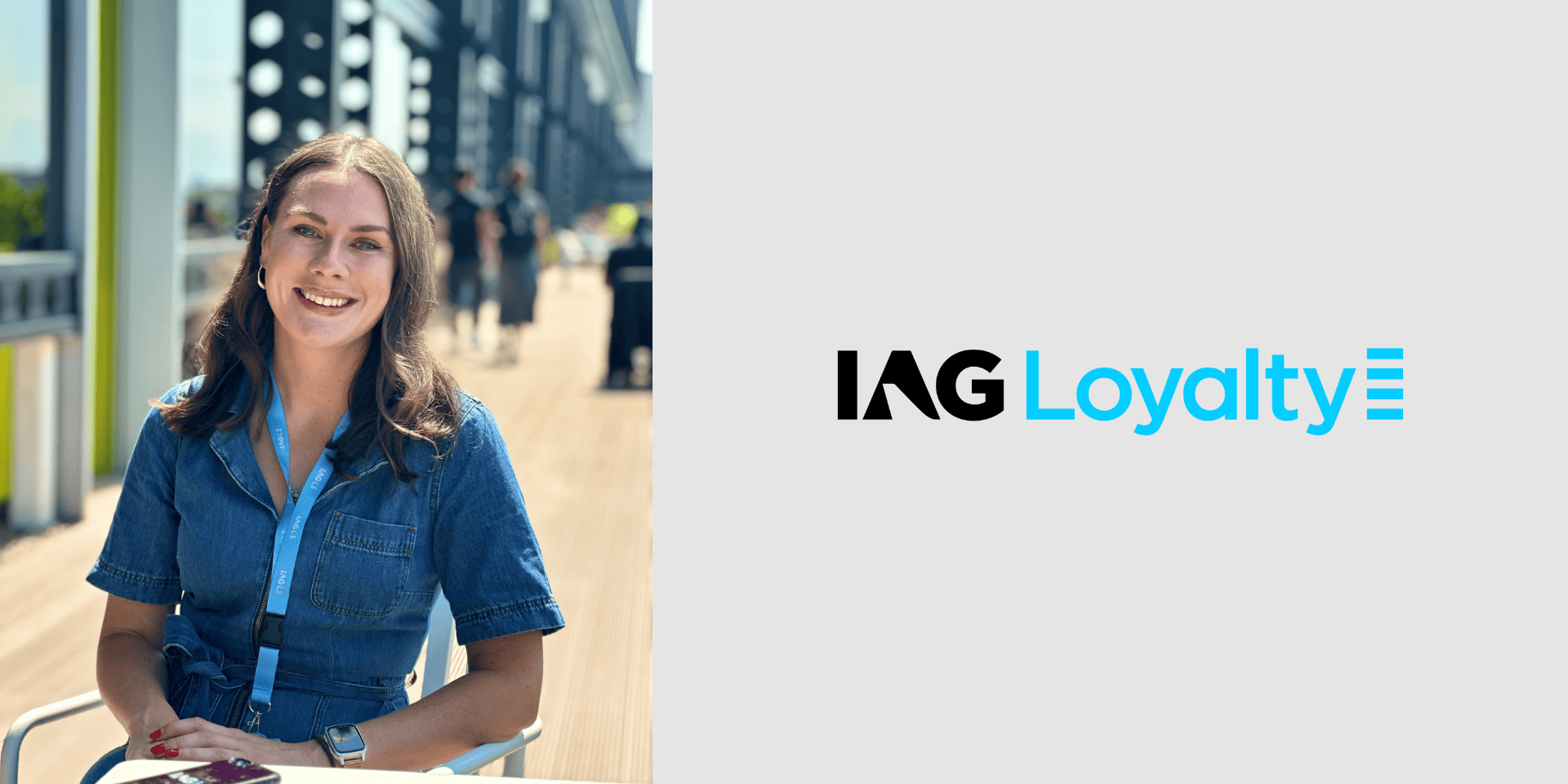The tech industry has been rightly spotlighted for having some extremely talented women leaders such as Sheryl Sandberg, former COO of Facebook, Susan Wojcicki, CEO at YouTube, and Ginni Rometty, former CEO of IBM, to name just a few. What these women leaders have in common is they have all cultivated a strong personal brand, writes personal branding expert Matt Craven, the founder and CEO of The CV & Interview Advisors.
What the personal branding titans Sheryl and Ginni said…
Sheryl Sandberg, in particular, has built thought leadership status on gender equality and leadership, writing a book entitled Lean In.
And Ginni Rometty has been a vocal advocate for DEI and purpose-driven inclusion.
There’s even more of a need for women in tech to create their own stand-out brand
For all professionals seeking to grow their tech careers, building a personal brand is important.
But it’s imperative to create and develop a strong personal brand if you’re one of the underrepresented – a woman technologist. Why? Well, we know that too often the computing industry’s women aren’t recognised for their input, contributions and achievements.
Top tech leader quotes on personal brand-building
As Gary Vaynerchuk, CEO of VaynerMedia, has said:
“Your personal brand is your reputation. And your reputation in perpetuity is the foundation of your career.”
And with shy and retiring types potentially in mind, Sheryl Sandberg has said:
“Building a personal brand isn’t about self-promotion; it’s about aligning who you are with what you stand for and the work you want to do.”
So how do women in tech build a strong brand for themselves, to facilitate a successful IT career and create a thriving digital or technology businesses?
Six steps to build a strong personal brand as a woman in tech
Step 1 - Overcome then banish any imposter syndrome
Imposter syndrome can deeply affect how individuals perceive themselves and their achievements, often holding them back from realising their true potential.
In the tech industry, even highly successful professionals like Sheryl Sandberg, Susan Wojcicki, and Ginni Rometty have reportedly faced challenges in asserting their value.
Three tried and tested ways to overcome self-doubt
These women in technology leadership positions have overcome self-doubt by doing three things:
- focusing on their achievements;
- building evidence-based narratives; and
- embracing their unique contributions (to their respective fields).
Three ways to banish imposter syndrome
For professional technologists, especially those who are underrepresented, to grapple with imposter syndrome, I recommend techniques such as:
- reframing negative ‘self-talk’;
- leveraging social proof; and
- creating a Career Autobiography.
A transformative trio: here’s how just one of those elements elevates personal branding
This trio can be transformative if you struggle with imposter syndrome.
A Career Autobiography (as discussed in our recent Woman in Tech webinar) is a powerful tool to document successes, build confidence, and develop a strong personal brand.
By aligning your narrative with measurable achievements, you can combat self-doubt and feel more confident when seeking opportunities.

Step 2 - Embrace thought leadership
As mentioned at the top, Sheryl Sandberg has become a thought leader in gender equality and leadership, and Ginni Rometty strongly focuses on — and talks about — DEI and purpose-driven inclusion.
And the phrase ‘talks about’ is key, if your personal brand as a woman in the tech sector is yet to launch!
Join the conversation…by initiating it with your LinkedIn connections
What do YOU talk about, or more importantly, what COULD you talk about?
Whether it’s streaming, posting, writing at length in a blog, or presenting to an audience, turning your expertise into a useful format that others can benefit and learn from is the essence of thought leadership.
Think about any unique ideas, concepts, processes, frameworks, blueprints, philosophies or methodologies that you have formed in your head.
– Could you write them down and describe them?
– Could you give them a name?
Step 3 – Create some PIP (Personal Intellectual Property)
If you answered ‘yes’ to the above two questions, then these become your Personal Intellectual Property (PIP).
Then, you can write and talk about your PIP via social media posts, articles, blogs, presentations, webinars, seminars, interviews, podcasts and the like.
Simply getting your expertise out into the world and showcasing your knowledge will raise your profile, and give employers/clients more confidence in your capabilities.
Thought leadership also acts as a unique piece of extremely cost-effective marketing!
Sharing your knowledge = 10x increase in LinkedIn profile views
Do give steps 3 and 4 some serious thought.
According to LinkedIn, users who share their knowledge see a 10x increase in profile views.
A 2021 survey indicates that most recruitment consultants say job candidates recognised as thought leaders command higher salaries, in both the US and UK.
And the 2020 Edelman-LinkedIn B2B Thought Leadership Impact study found that 55% of decision-makers used thought leadership to vet professionals who they might hire.
LinkedIn claims that users with a higher Social Selling Index, or SSI (which is a measure of your industry profile), get promoted 17 months faster than peers with a low SSI.
Step 4 – Create your marketing collateral
When starting a tech business, coming up with a logo, creating marketing materials, building a website, and carving out a brand identity — with exactly the right colours or graphics — can be a challenge.
While it wouldn’t be my place to suggest what fonts and themes you could or should use for your own IT business, I can suggest a tool and approach that might help!
Put ChatGPT through its paces, even to gauge best colours for a female-led tech brand
For our quite heavily tech sector-focused advisory, Artificial Intelligence (A) is a resource I use extensively for research and ideation. And although it’s not a tool I use much for writing, ChatGPT is a good starting point here.
Consider the following ChatGPT prompt (which you can tailor to your own tech skills, services or products):
“I’m a freelancer in the graphic design sector who works with highly professional, and serious large corporations. I am quite innovative and radical but I have to create designs that fit in with my corporate client’s requirements. Advise me on my branding including fonts and colours”.
As a Women in Tech reader, you very possibly won’t be a freelance graphic designer!
But the point here is this — the result on ChatGPT (free account) to this prompt was quite comprehensive.
It suggested a blend of trustworthy colours such as navy blue and deep grey, paired with innovative accents such as teal or muted copper.
Step 5 – Showcase your talents

Once you have convinced yourself of your talents, and defined your expertise, personal brand and what you stand for, you need to communicate this to the world, professionally.
Your aim? To get noticed, hired or commissioned!
LinkedIn is an obvious place to start and it’s where most tech professionals do their ‘due diligence’ on one another.
This makes your LinkedIn profile extremely important; it serves as your ‘digital brochure’ for your professional network.
LinkedIn: Four personal branding must-dos as a woman in tech
The bare minimum on LinkedIn as a woman with IT or tech skills seeking to build a strong personal brand or identity (for the tech sector and beyond) is to:
– have a solid professional ‘head and shoulders’ photograph;
– upload a background image that is synonymous with your field of expertise;
– create a strong ‘Headline,’ and an ‘About’ section that captures your value proposition, strengths, track record, and value to a potential employer or client.
– provide a reasonable summary of each tech position or IT contract in the ‘Experience’ section, rather than just adding company name, job title and dates.
Step 6 - Remove ‘luck’ from the branding success equation
By combining a great LinkedIn profile, with a strong individual or personal brand, you can turbo-charge your career progression.
And to take old-fashioned good luck out of the necessary components you’ll need to succeed with personal branding, my team is on hand to provide a free and confidential LinkedIn profile (and CV) review.

Matt Craven
Matt is the Founder of The CV & Interview Advisors and Incredibly Linked. He is considered to be a thought-leader in Personal Branding and is regularly engaged as a public speaker to deliver advice and guidance to global audiences on all things related to CV authoring, career advancement, LinkedIn, personal branding and thought leadership.







